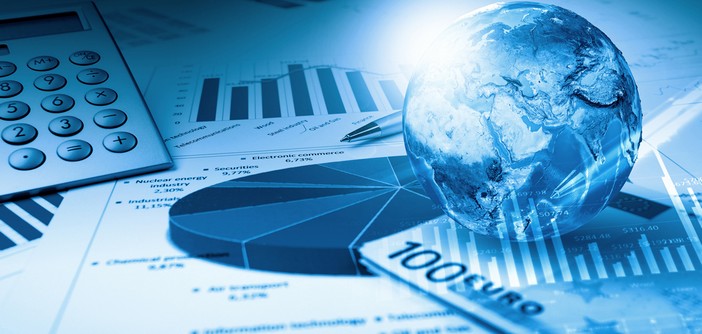In the eurozone, the recovery appears to be confirmed but remains moderate. This is what Insee claims in its economic outlook at the beginning of 2016 for the eurozone, prepared with the IFO (German institute) and the Istat (Italian institute).
Falling oil prices, rising wages, low interest rates… All these indicators should encourage households to consume more and businesses to invest.
The gross domestic product (GDP) is expected to grow by 0.4% per quarter in volume in the first half of 2016 after having increased by 1.5% on an annual average in 2015, according to the latest estimates.
What are the drivers of the anticipated recovery for 2016?
An increase in household consumption due to falling oil prices
The new fall in oil prices and the rise in employment and wages would boost purchasing power, which would support private consumption after a slight decline expected in the fourth quarter of 2015, due to fears caused by the deadly terrorist attacks on November 13 in Paris.
This robustness in domestic demand, boosted by a slight acceleration in global trade, should lead to an increase in imports. As a result, foreign trade is not expected to benefit from this acceleration in consumption…
The increase in investments generated by favorable financing conditions and higher utilization of production capacities
Given the low inflation, the European Central Bank maintains its accommodative monetary policy. In this context, interest rates would remain low, which would promote investment during this same period as companies borrow at a lower cost.
Moreover, the increase in the utilization rate of production capacities would also generate an acceleration in investment, whether in equipment or construction.
• Public consumption driven by fiscal policy
According to Insee, fiscal policy would stimulate public consumption, mainly due to increased German spending for the reception of refugees.
• An increase in inflation
Inflation would reach 0.5% in the first quarter of 2016 and then 0.4% in the second quarter. In 2015, prices remained stable due to the drop in energy prices.
What would change in 2016? “Assuming a stable exchange rate at 1.08 dollars per euro and an oil barrel at 35 dollars, the price of oil would weigh less on inflation,” says Insee. It would also be stimulated by internal factors (rising incomes, consumption, and investments).*
Furthermore, risks also exist concerning the structural transformation of the Chinese economy, which is currently export and investment-oriented and aims to become consumption-driven.


